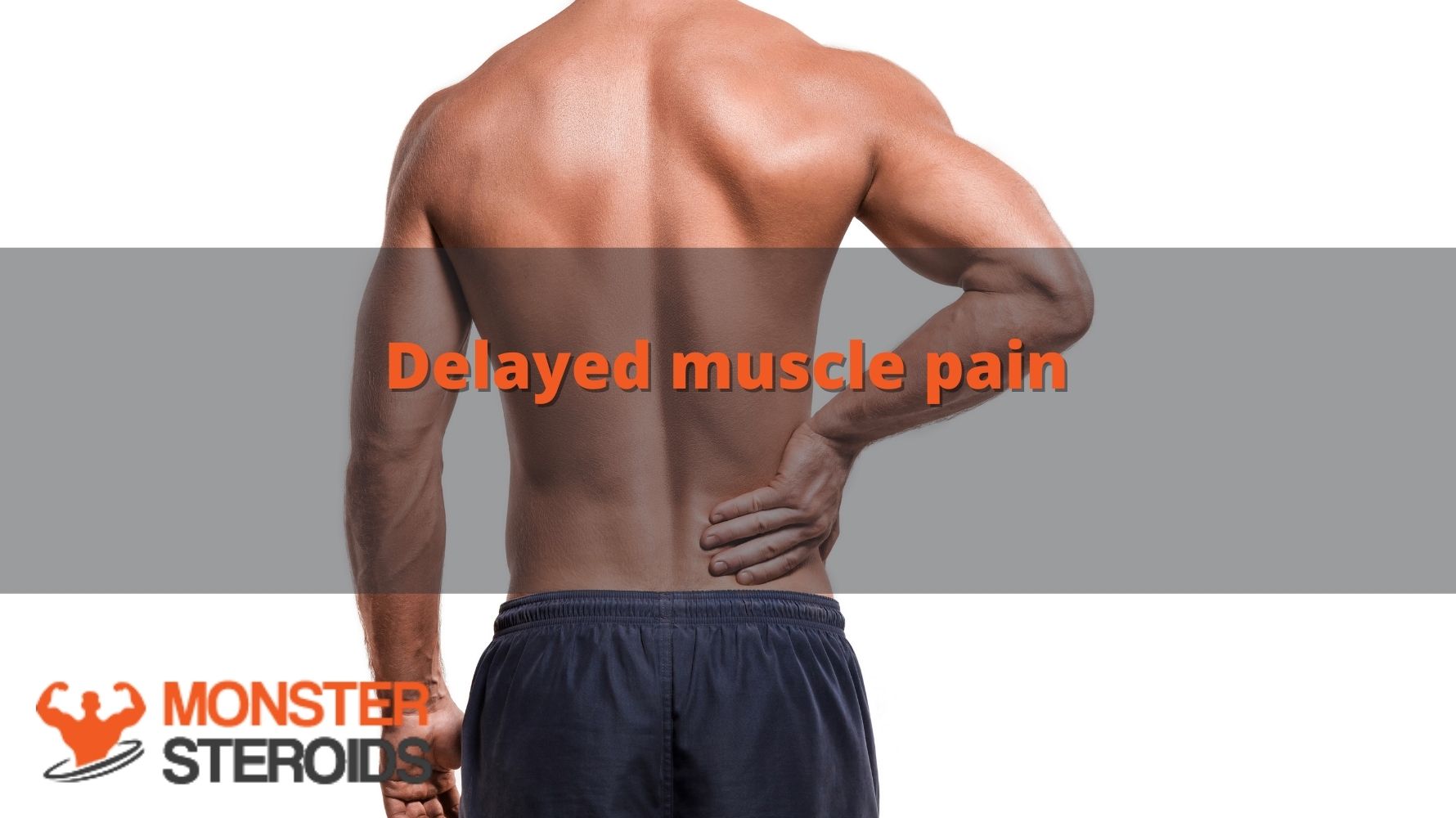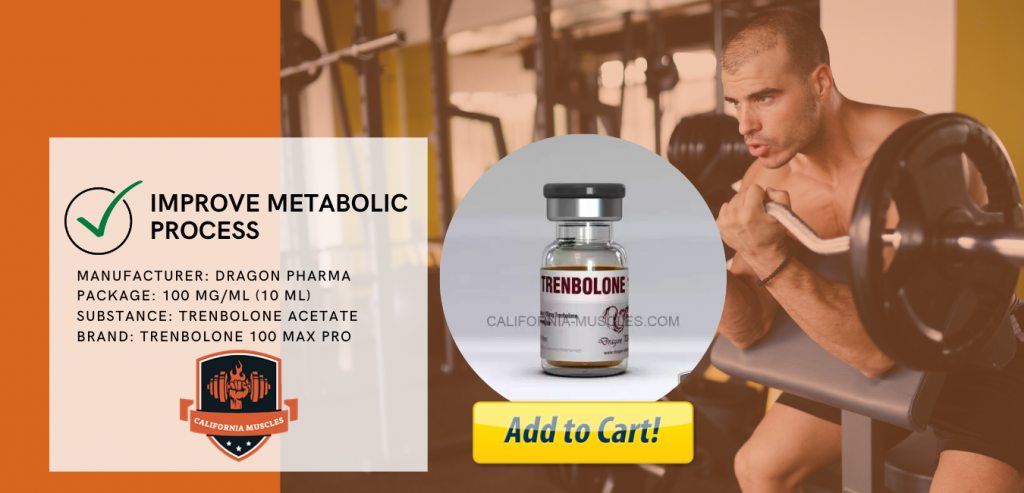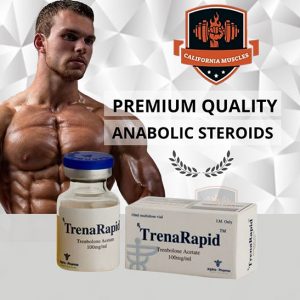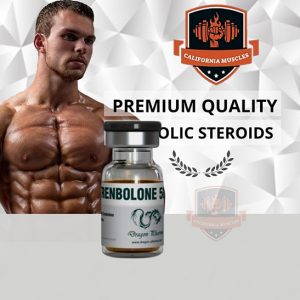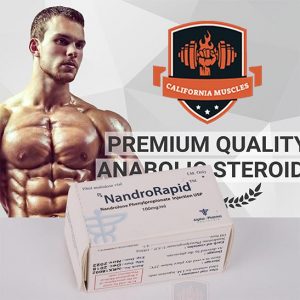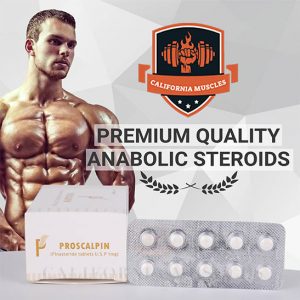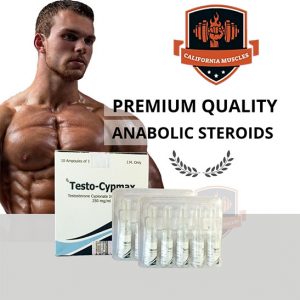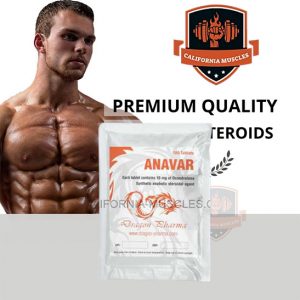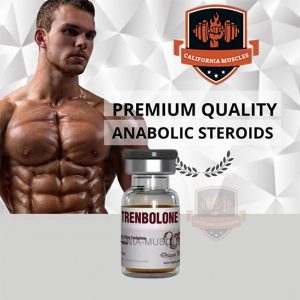Here we are going to discuss the dreaded DOMs “Delayed Onset of Muscle pain” and how we can overcome this thorn in the side for many athletes and gym users.
So you have completed a great strength training session and drank some protein. You felt that the muscles were “hammered” within your training and are anticipating how difficult it will be to get out of bed the following day (especially after leg days).
So, you go to bed (and for the growth and restoration of muscle fibers, as you probably know, you need a healthy sleep on average 8-9 hours per night, more can be found in the article about the topic rest after exercise ). Wake up the next morning with a new day, stretch in bed and with some annoyance, you realize that everything doesn’t really hurt. The muscles just pull slightly, so you wonder wat has gone on, did I train had enough? Or have I just healed really quickly? Below we will dive deeper into the cause of delayed muscle pain and also the things that can help to prevent this pain.
What Causes Muscle Pain?
Let’s understand a little about biochemistry. For many processes in the body, an energy substrate is needed, such as ATP (adenosine triphosphate), which is obtained by breaking down glucose. ATP is the essential fuel not only for the muscles, but also for the brain and nervous system.
There are 2 ways in which the ATP formulates:
1) Aerobic – using oxygen, while pyruvic acid is formed (the substrate of the central metabolic process in the body, known as the Krebs cycle).
2) Anaerobic – without the use of oxygen, as a result of which lactate is formed or lactic acid. I’m sure we have all felt this when you get cramps after running or cramps in the legs after performing heavy deadlifts or squats.
It is worth noting that the pathway in which lactate is formed is not particularly efficient in terms of generating a large amount of energy, but it has a high speed, which ensures that physical work and muscle contractions are performed at the proper level. Lactate production is especially significant when performing supersets, exercises for pumping and within drop sets. However, most of the lactic acid is removed from the muscles immediately after high-intensity (or heavy) exercises, and the remainder is removed several hours after the training session has finished.
Therefore, the “culprit” of delayed muscle pain is far from the lactic acid buildup, although this still hurts, it is not the main cause. A tip to help with this lactic acid buildup within the body which leads to cramps, is adding some salt into your diet, as this is known to help and prevent cramps within the muscles.

What other than lactic acid causes muscle pain?
The thing is that when performing exercises with free weights or in simulators, micro-tears of muscle fibers occur. And the more intense the work, the more significant the damage will be and accordingly, more muscles will hurt. Therefore, you should not chase submaximal weights, as there is a huge risk of injury to yourself including muscle and tendon tears, and this incident is not pleasant and will entail a long recovery period, so it is much more effective to adhere to the periodization of the training process and gradually increase the weight within the exercises.
When lifting heavy or after heavy workouts, the body responds to this overload with a defense reaction, which is inflammation, this mediates the formation of inflammatory mediators, the prostaglandins and this is what that causes the pain.
Uncomfortable sensations usually occur within 24-48 hours after the end of a workout which we class as “delayed muscle pain” and therefore, you can often come across people complaining of pain from their workouts that happened days ago. As a result of overly intense training practice, there is a feeling of a dull aching pain, increased sensitivity and a feeling of stiffness. This condition usually lasts from 5 to 7 days in some cases, dependent of the inflammation and the time it take for the body to fix and grow these fibers.
Due to the onset of the DOMs, many athletes have trouble with their daily life’s, such as work, looking after adolescents or during the normal daily tasks. This is why things such as oral supplements – Anavar and Dianabol, or heavier supplements such as Testosterone and Trenbolone can be used to prevent this occurring delayed muscle pain. As with any of these supplements, the healing time for the muscles is decreased massively and a user can go about their day with less pain and within having the DOMs take over their daily lives.
What other types of muscle pain are there?
- Moderate muscle pain after exertion – This is precisely associated with the formation of lactic acid as mentioned earlier. Lactate is the cause of the burning sensation in the muscles that usually occurs during the final reps.
- lingering (or delayed) muscle pain – This is pain that occurs most often on the second day after training. We have also already discussed the reasons for this above.
- Muscle pain associated with trauma – It can often be seen in many professional sports. For example, in a powerlifting competition. I myself have seen how during the bench press (apparently just with a submaximal and not previously performed weight), the athlete had a detachment of the pectoralis major muscle at the one of the major heads. In addition to the occurrence of very severe pain, symptoms of muscle tears can also prevent themselves as redness, the appearance of swelling and inflammation, also with general weakness or fatigue. Of course, this condition requires the immediate assistance from qualified medical personnel and you will definitely have to give up training for a while in order to ensure peace and recovery of the damaged muscle.
Within reviews from professional sports men, the only way around this and for faster healing is to use substances that will enhance the recovery for the torn muscle or partially ruptured tendon such as Peptides, within this range, there are many substances that can promote extra blood flow to these vital areas and promote much faster healing, so that you may be back in the gym within no time!
The important question is, how do I reduce muscle pain?
So, after waiting for the appearance of muscle pain on the second day and it seemed that nothing really hurt yesterday, you feel that it brings you discomfort. What measures can be taken to alleviate this pain?
1) Massage – to improve muscle microcirculation.
2) Stretching or cardio workout.
3) Glutamic acid or beta-alanine – will speed up the recovery process.
4) Hot shower or bath – due to the expansion of the blood vessels, this accelerates the excretion of lactic acid. It is advisable to resort to one of these procedures immediately after training.
5) For very severe pain – non-steroidal anti-inflammatory drugs (Ibuprofen or Naproxen), in a short course of 1-2 days, to relieve inflammation and reduce the production of inflammatory mediators that mediate the feeling of pain.
Thus, in order to prevent excessive soreness in the muscles after training, you must first of all observe the periodization of the loads (your personal trainer should take care of this, or if you are doing it yourself, read this article).
Also, do not forget about the importance of recovery – healthy sleep for at least 7 hours a night and a balanced diet. The progress will definitely not be long in coming and the delayed muscle pain will not bring severe discomfort. If none of these methods seem to work, you may require a supplement that works simply on recovery. This can be found within out website catalogue.

